Be Kind to Your Kitchen Companion
We’ve all turned to our blenders for healthy smoothies or a thick milkshake, but we tend to get overzealous in our ingredients. From piping hot liquids to stinky garlic cloves, here are a blender’s worst enemies—and some of their best friends.
1. Ice Cubes
Fancy schmancy blenders can probably handle the heat (some are even equipped with ice-crushing functions), but standard appliances likely won’t. That said, you’ll want to check your blender’s warranty because ice cubes can result in dull blades, uneven mixing, or even broken pitchers.
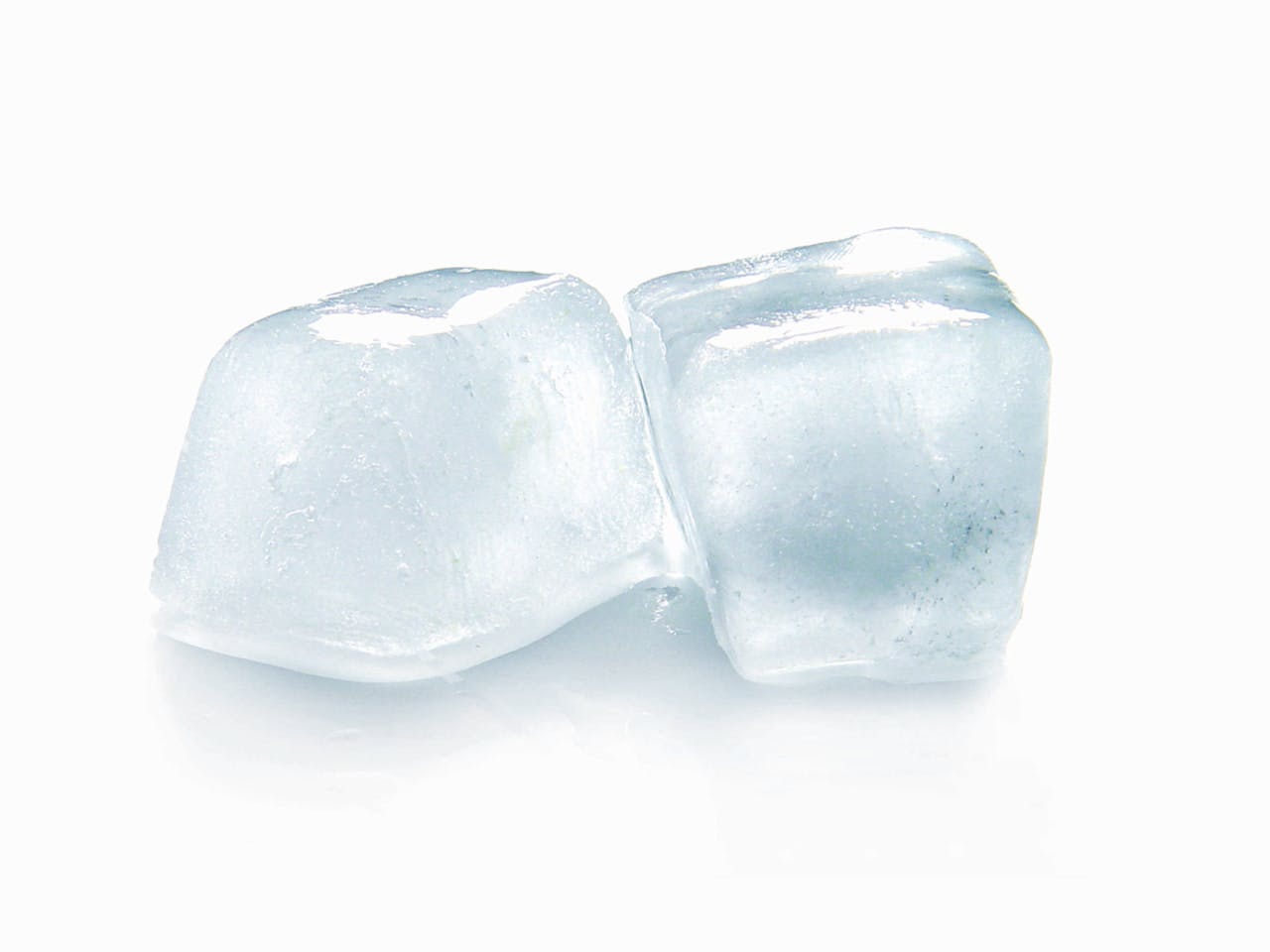 Photo by Enrique Zafra on Pexels
Photo by Enrique Zafra on Pexels
2. Frozen Fruit
Everyday blenders don’t fare well with frozen fruit chunks. Give those berries some time to thaw first. Even if yours is more state-of-the-art, rock-solid pieces can damage the blades or leave you with poorly blended smoothies.
3. Nuts
Just because you can do something doesn’t mean you should. Some blenders can thankfully withstand crunchy foods, but frequent blending often results in quicker wear and tear. On the other hand, appliances that can’t handle the crunch will likely unevenly blend.
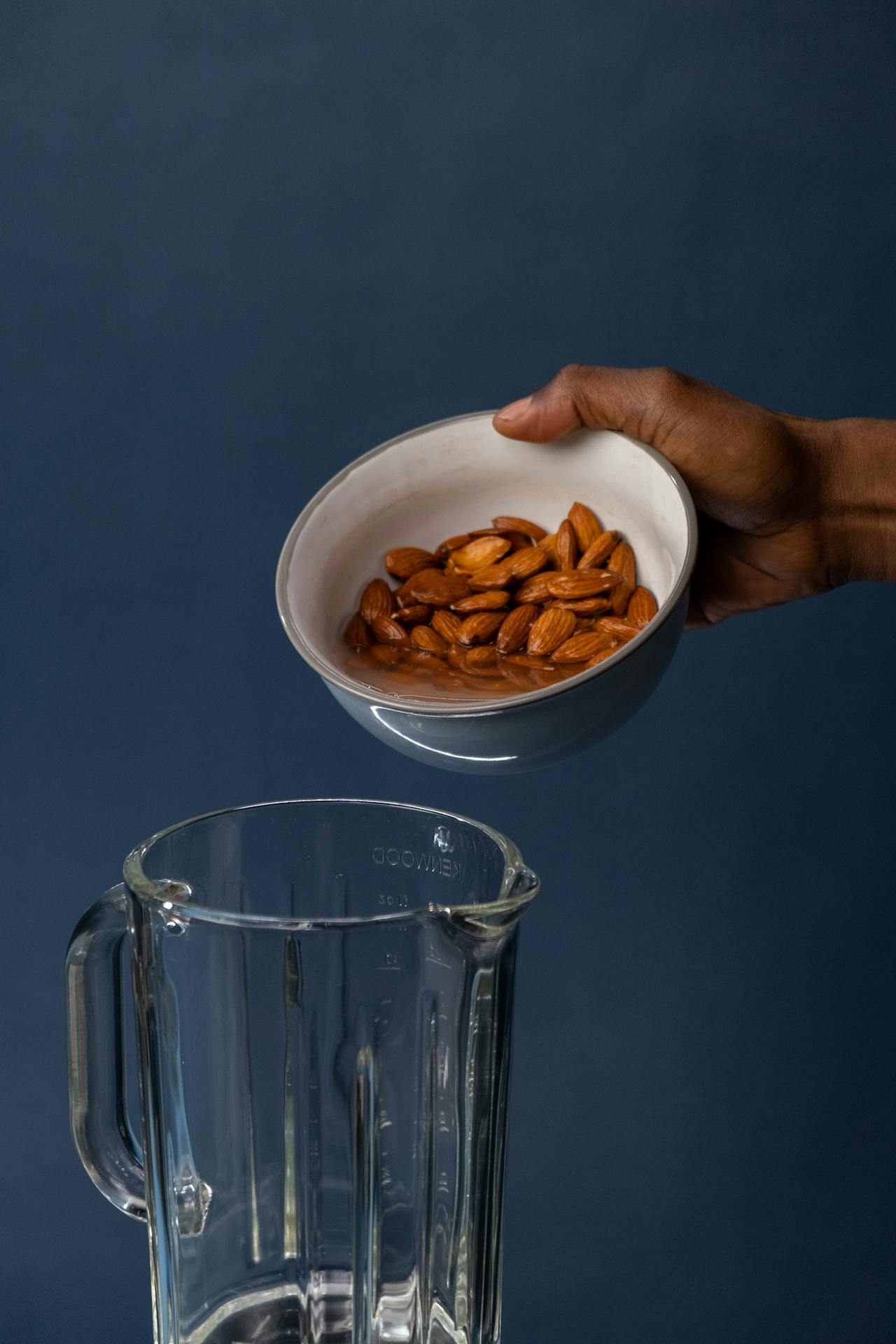 Photo by cottonbro studio on Pexels
Photo by cottonbro studio on Pexels
4. Potatoes
Sometimes the end result is the problem, not the blending. Though most blenders can handle potatoes, you’ll only wind up with a thick, paste-like consistency. Hardly the fluffy mashed potatoes you want…
 Photo by Hai Nguyen on Unsplash
Photo by Hai Nguyen on Unsplash
5. High-Fiber Veggies
Fibrous foods like broccoli florets or raw carrots don’t blend well—rather than the pureed consistency we all love, high-fiber veggies turn into a stringy mess. To ensure a proper blend, cook those vegetables before you toss ‘em in.
 Photo by Los Muertos Crew on Pexels
Photo by Los Muertos Crew on Pexels
6. Coffee Beans
People mix and match appliances all the time, but blenders aren’t good grinders. Though most come with a pulse function, blending coffee beans hurts the blades and leaves you with uneven grounds. Simply put, you’ll have a pitcher full of rough beans and an even worse cup of coffee.
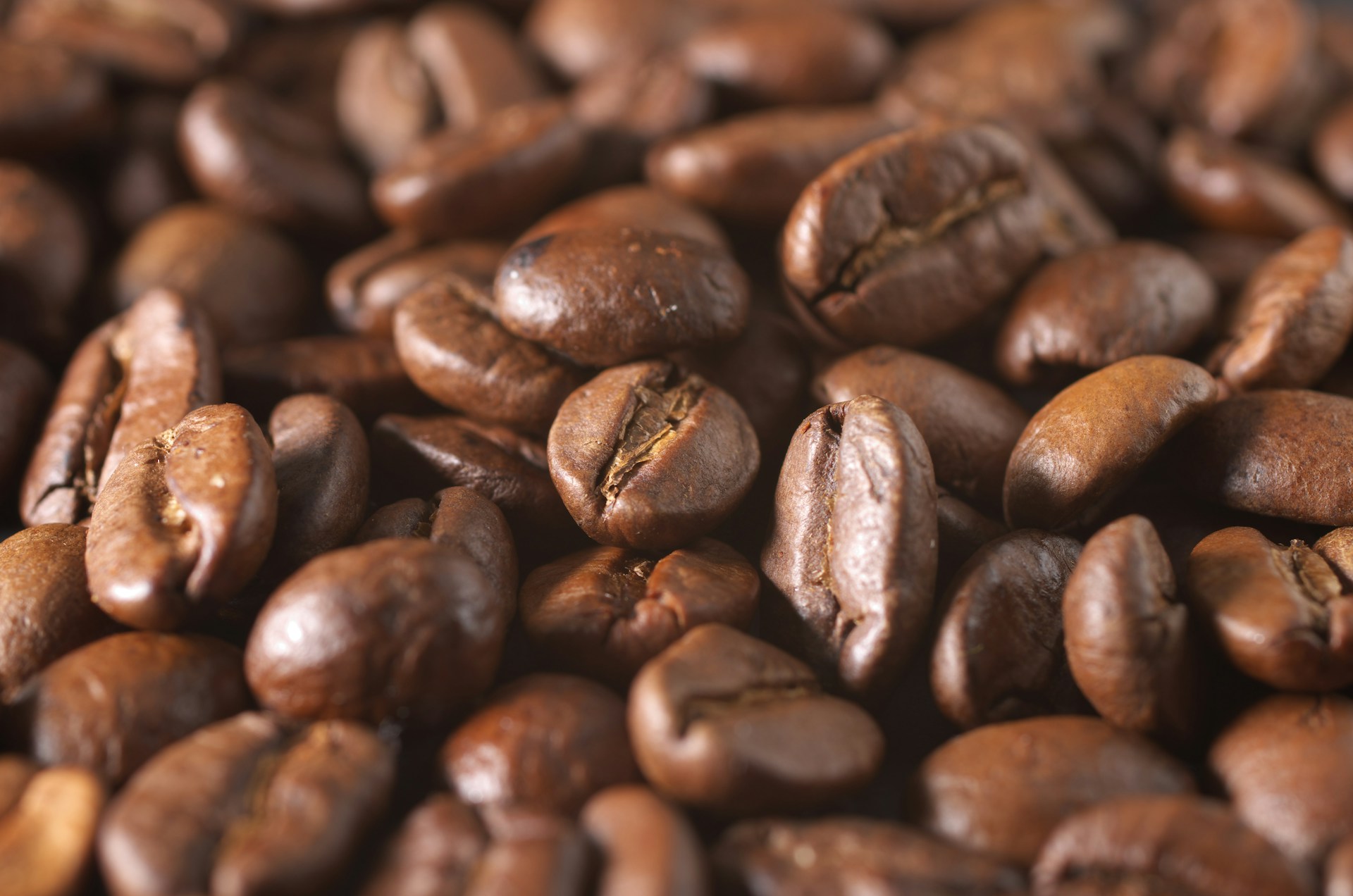 Photo by Immo Wegmann on Unsplash
Photo by Immo Wegmann on Unsplash
7. Overly Hot Liquids
To keep yourself and your appliance safe, never blend hot liquids. Hot liquids let off a lot of steam, which quickly builds pressure inside your blender and can cause an explosion. If you’re lucky, your blender is the only thing that’ll suffer burns.
 Photo by cottonbro studio on Pexels
Photo by cottonbro studio on Pexels
8. Anything with Bones
We’ve covered ice cubes and frozen fruit, but equally hard items like bones can also damage your blender. Pork and chicken are a massive no-no, though even smaller fish bones are a bad idea as they can plug your blender.
 Photo by Oleksandr P on Pexels
Photo by Oleksandr P on Pexels
9. Garlic
We all know that garlic lingers on our breath—imagine what it does to your poor blender blades. Even thorough cleaning doesn’t always remove the stubborn odor, so keep those cloves away lest you want every smoothie tinged with garlic.
 Photo by Matthew Pilachowski on Unsplash
Photo by Matthew Pilachowski on Unsplash
10. Overloading Anything
Blenders can handle a good amount, but stuffing too many items spells disaster. From spillage to broken blades, it’s best not to overload your appliance with too much of anything.
 Photo by Mikhail Nilov on Pexels
Photo by Mikhail Nilov on Pexels
However, you can still fill your blender with all kinds of goodies. Let’s dive into some popular items perfect for this little appliance.
1. Nut Butters
Nuts may not be the best idea, but nut butter makes a delightful smoothie addition. Given that most recipes don’t call for more than a tablespoon or so, your blender shouldn’t have any trouble with the creamy consistency.
 Photo by Devi Puspita Amartha Yahya on Unsplash
Photo by Devi Puspita Amartha Yahya on Unsplash
2. Fresh Fruit
Most blenders gobble up fresh fruit and veggies. So long as they’re cut into smaller pieces, even the older guys can handle these foods. However, if you only have the frozen stuff at home, you can always thaw it out in the fridge before tossing in a handful.
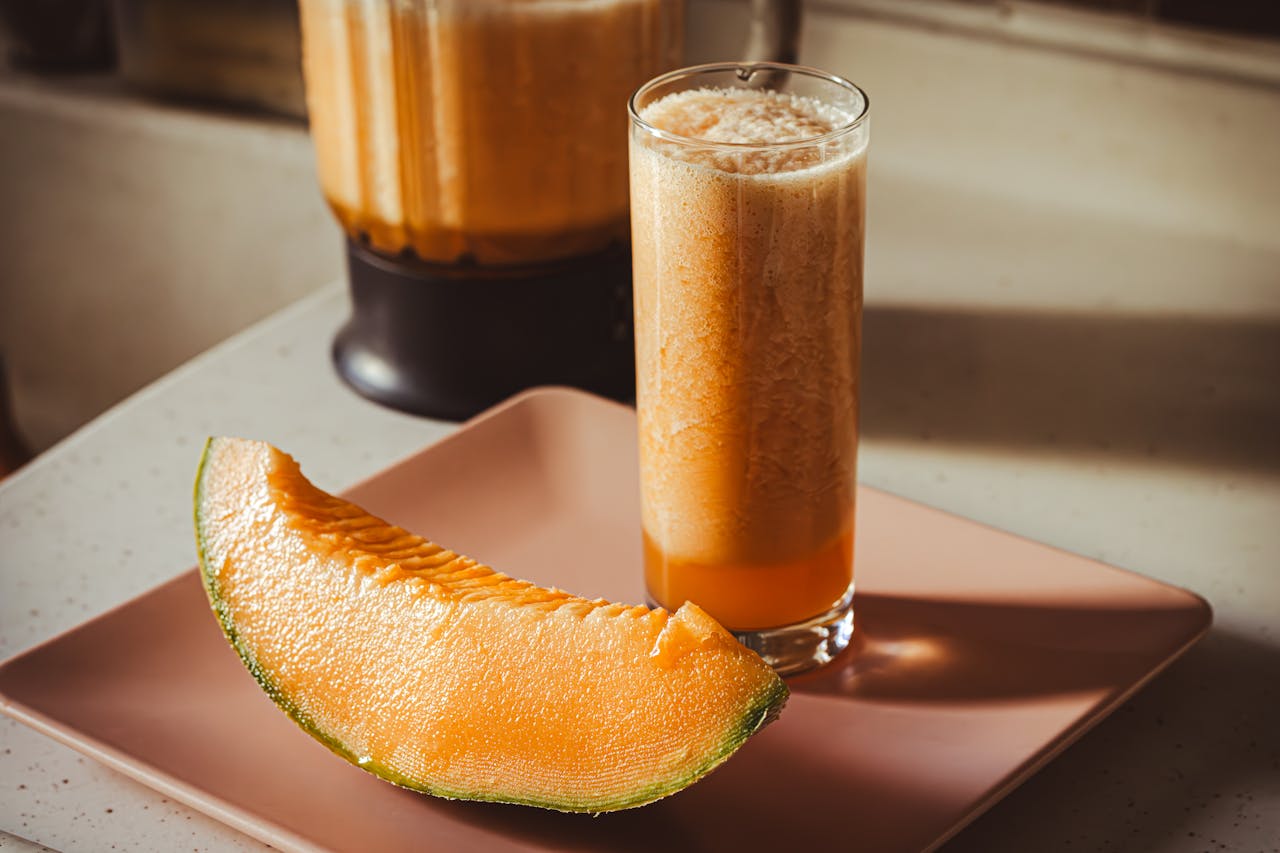 Photo by The Design Lady on Pexels
Photo by The Design Lady on Pexels
3. Leafy Greens
The best smoothies are built on a bed of leafy greens. Spinach and kale are powerhouse superfoods loaded with nutrients—they’re also perfect for most blenders and don’t harm the blades.
 Photo by Jan Sedivy on Unsplash
Photo by Jan Sedivy on Unsplash
4. Chopped Herbs
There’s nothing wrong with a little spice, but blenders fare best with chopped herbs. The fresh stuff adds a mouth-watering pop of flavor and doesn’t cause any damage. Ground spices are good, too, though it’s best to avoid powders like flour or confectioner’s sugar.
 Photo by Alyson McPhee on Unsplash
Photo by Alyson McPhee on Unsplash
5. Milk
Who doesn’t like a splash of almond milk in their smoothie? Actually, ditch the smoothies—who can resist a good strawberry milkshake? Luckily, you won’t have to choose because all kinds of milk are safe for blenders.
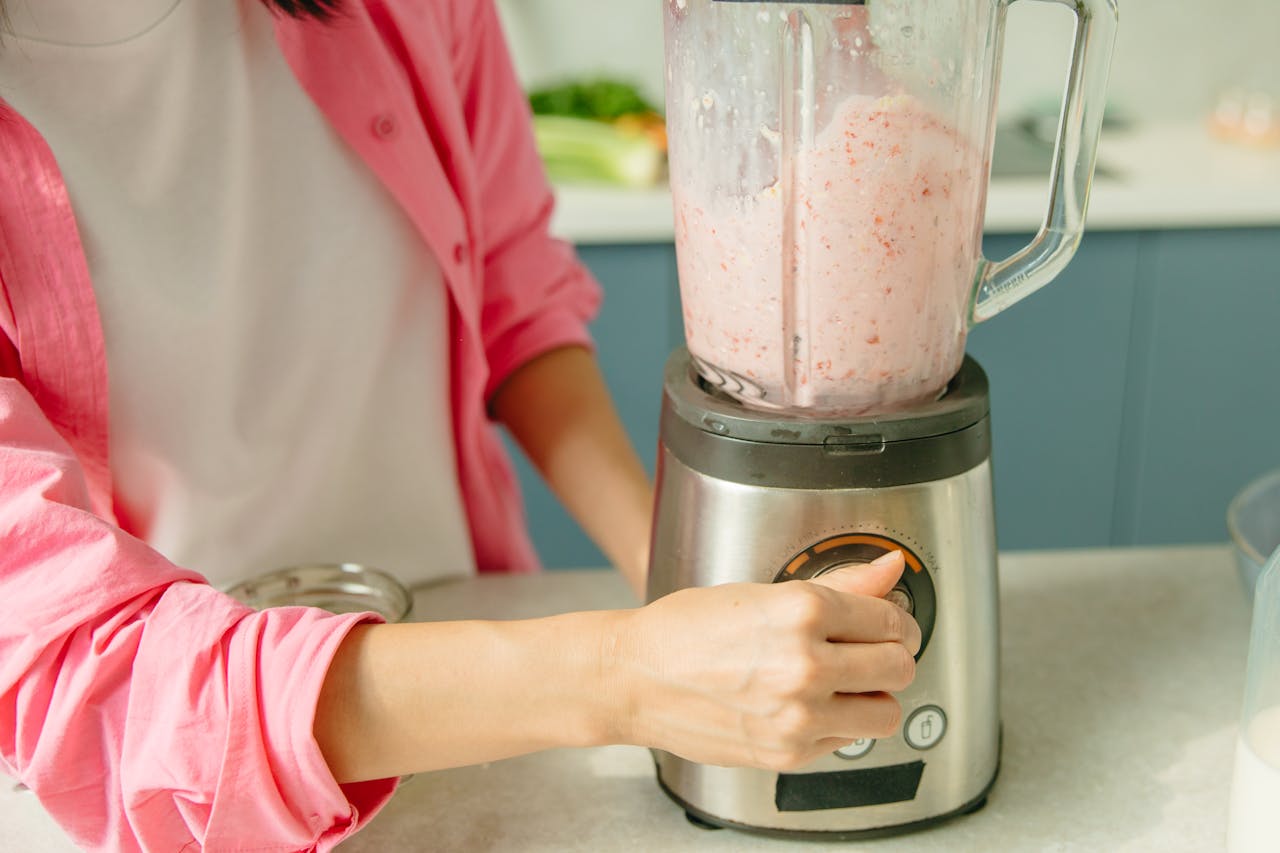 Photo by Yaroslav Shuraev on Pexels
Photo by Yaroslav Shuraev on Pexels
6. Bread
Say goodbye to store-bought breadcrumbs! Though some turn to food processors, you can still pulse fresh bread in a blender. Just be sure to tear the slices into smaller pieces first or you’ll jam the appliance.
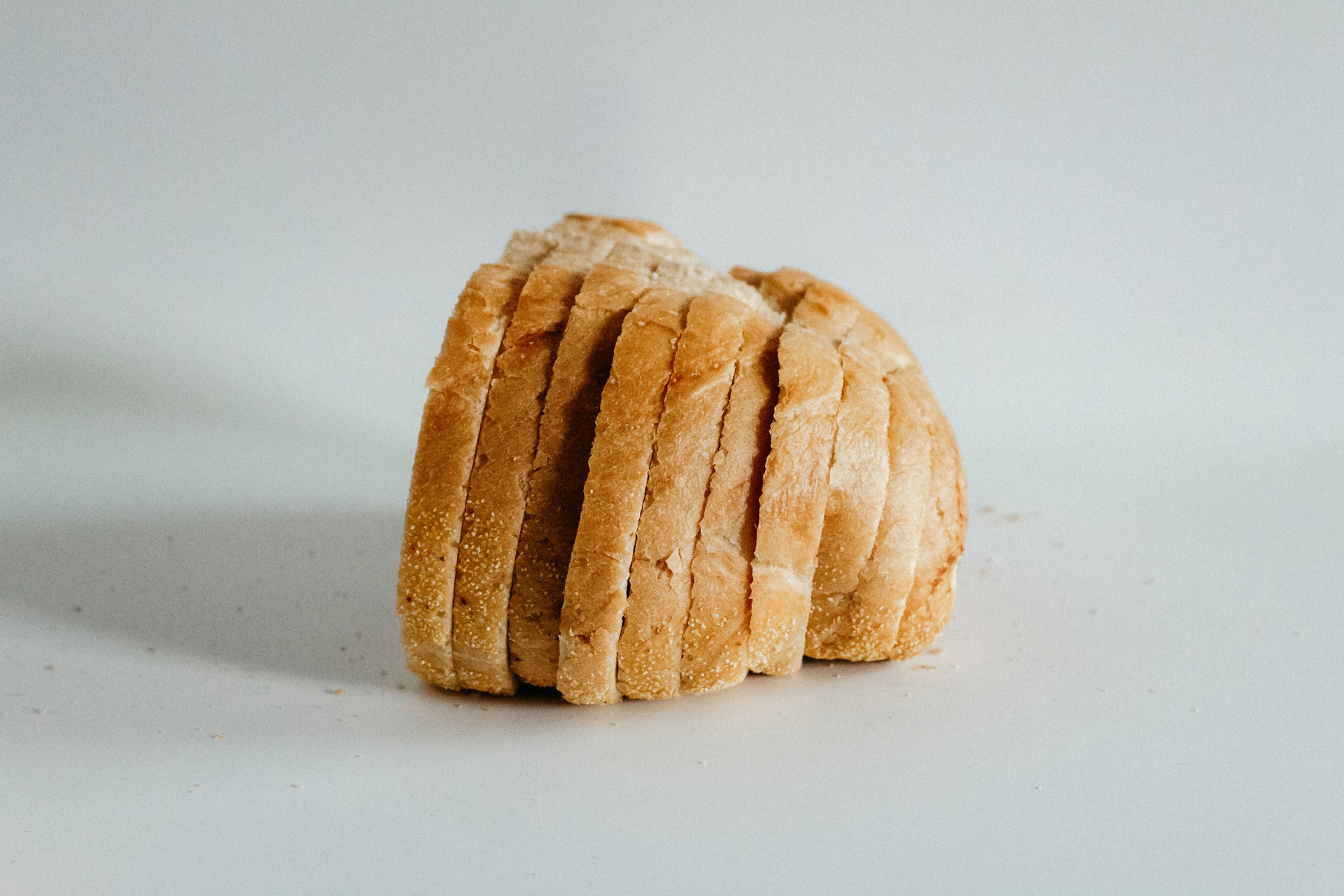 Photo by Stephanie Harvey on Unsplash
Photo by Stephanie Harvey on Unsplash
7. Eggs
Tired of giving yourself carpal tunnel whenever you whisk eggs? Your blender can help with that. While there’s nothing wrong with making scrambled eggs in the pan, blenders can offer a creamier version akin to diners.
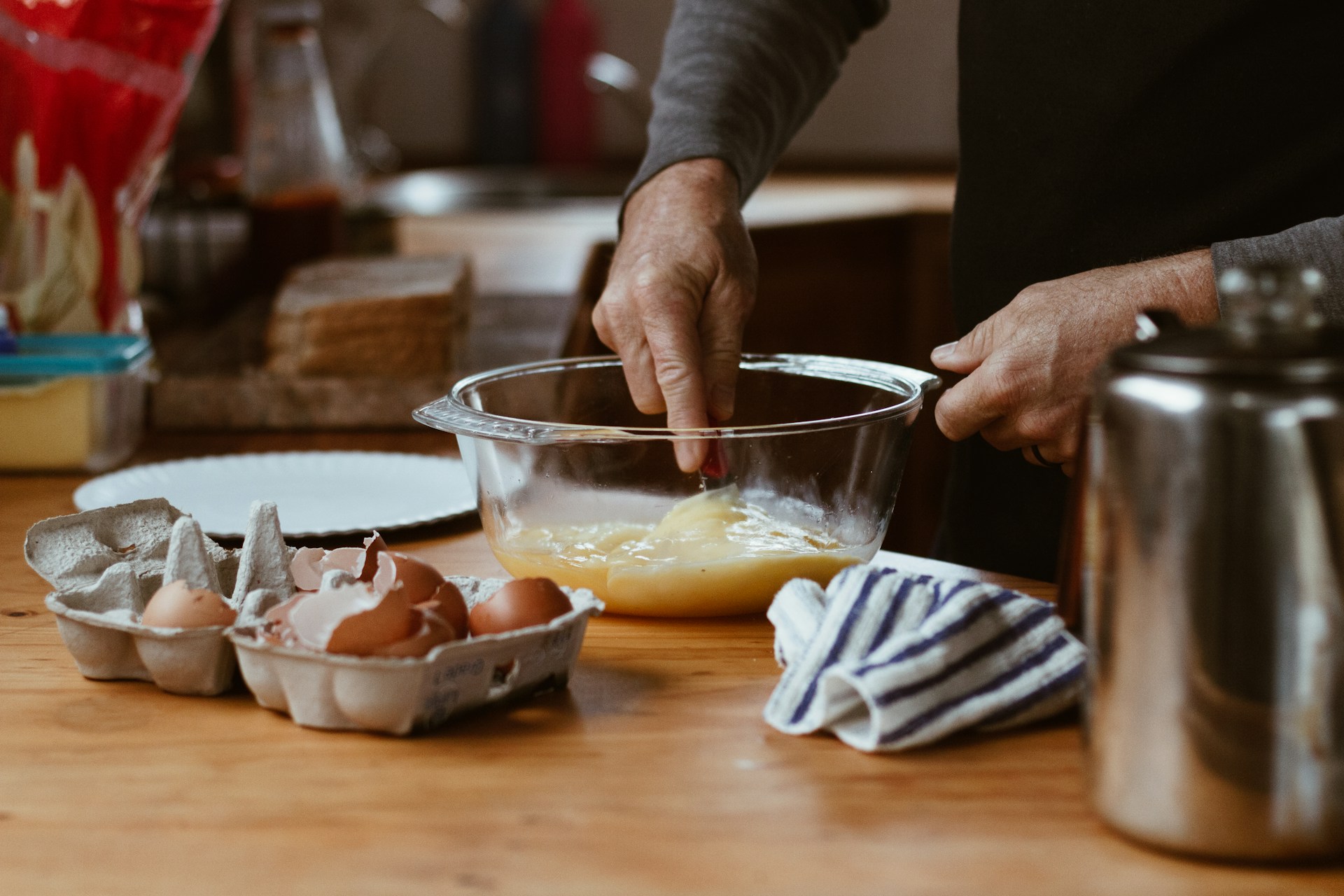 Photo by Sincerely Media on Unsplash
Photo by Sincerely Media on Unsplash
8. Pancake Batter
Regular pancake mix is all well and good, but blended mix takes you to a fluffy cloud nine. You don’t need more than a handful of ingredients to make homemade batter, and some recipes don’t even call for flour—which helps avoid a big mess.
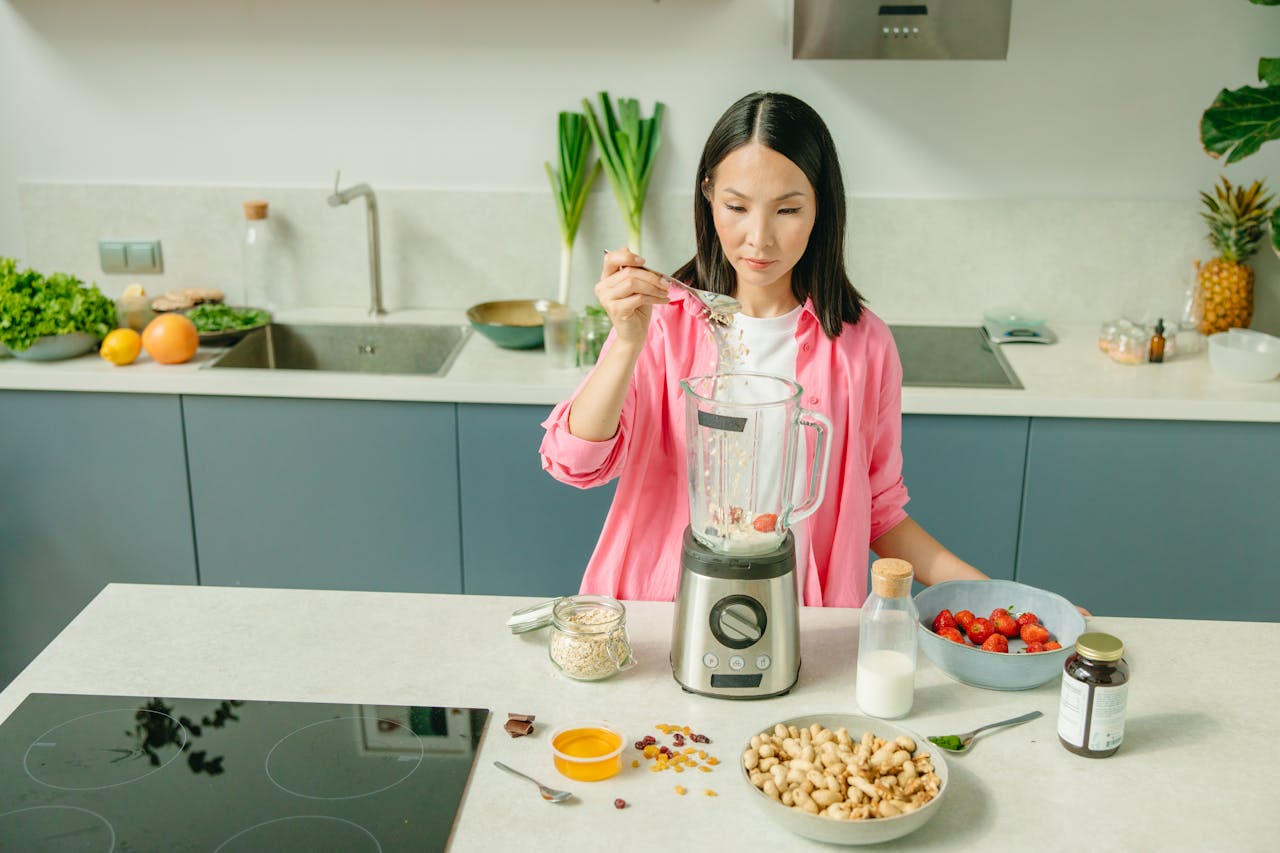 Photo by Yaroslav Shuraev on Pexels
Photo by Yaroslav Shuraev on Pexels
9. Cheese
If you need to shred cheese on the fly, blenders work wonders. It’s particularly useful for grating fresh parmesan, though you can always turn to a food processor as well.
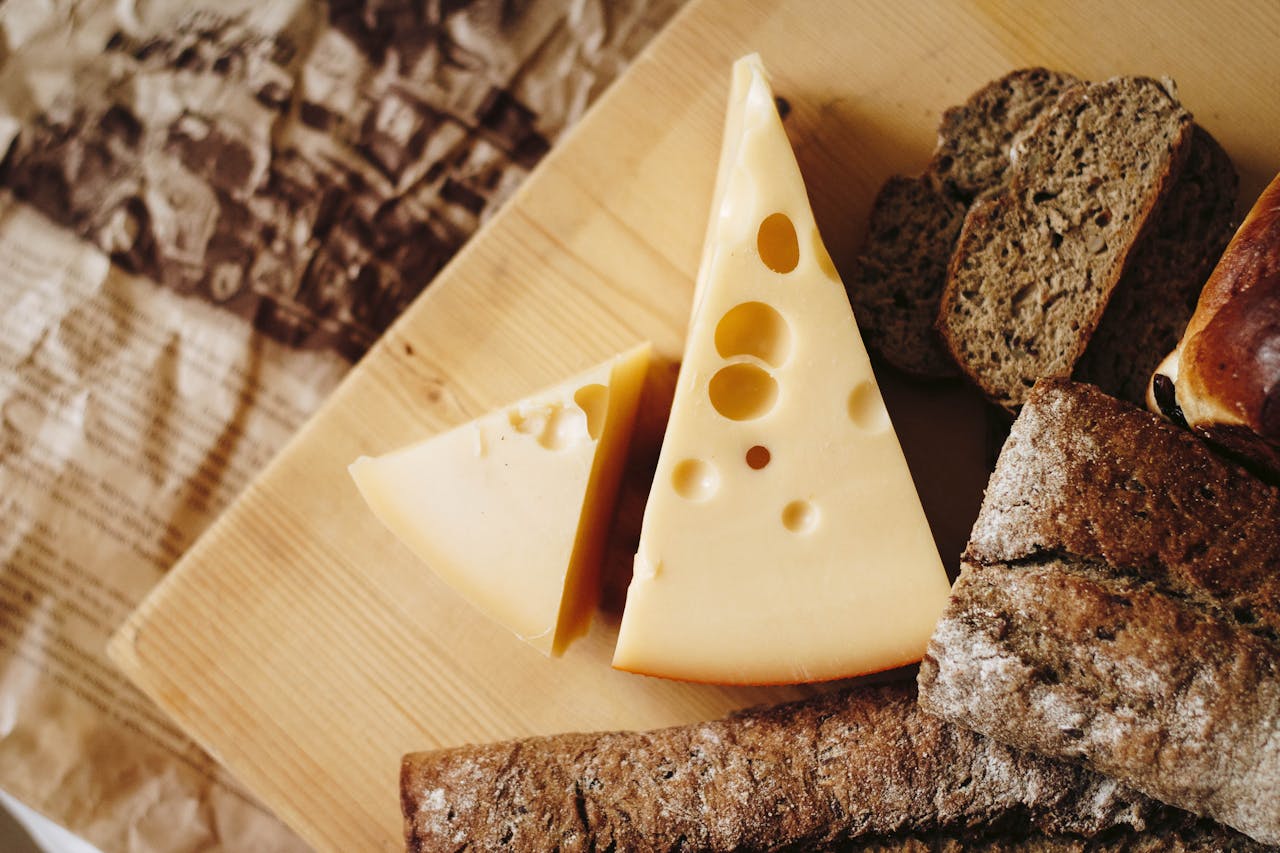 Photo by NastyaSensei on Pexels
Photo by NastyaSensei on Pexels
10. Avocados
Homemade salsa is fantastic, but don’t forget the guac! Avocados are nice and creamy, which means they handle well in standard blenders. You also don’t need much else besides cilantro, onion, and lime juice. (Just be careful if you decide to chuck in that garlic clove…)
KEEP ON READING

20 Tasty Post-Holiday Detox Recipes

Don't Sip That Bubble Tea—There Could Be Lead in It

Coffee Can Slow Aging, According To New Study







